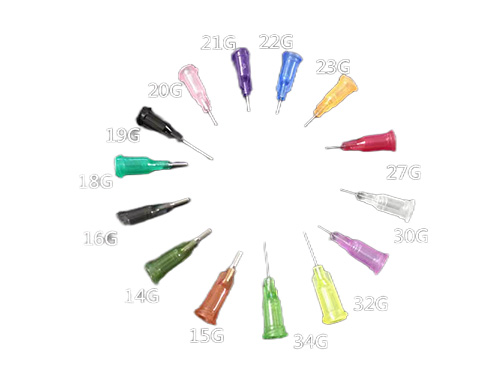The Manufacturing Process of Seedling Trays: From Raw Materials to Finished Products
2025-01-14 09:21:49
The Importance of Quality Seedling Trays in Agriculture
Seedling trays play a crucial role in modern agriculture by providing an efficient and controlled environment for plant germination. Behind every high-quality tray is a meticulous manufacturing process that transforms raw materials into durable, eco-friendly products. Understanding this process highlights the value of innovation and sustainability in agricultural tools.
Step 1: Selection of Raw Materials
1. Traditional Plastic Materials
The majority of seedling trays are made from durable plastics such as polypropylene (PP) and high-density polyethylene (HDPE). These materials are lightweight, resistant to moisture, and capable of withstanding repeated use.
2. Biodegradable and Eco-Friendly Options
With the push for sustainability, many manufacturers now use biodegradable polymers, recycled plastics, or natural fibers like coconut coir. These materials reduce environmental impact while maintaining functionality.
3. Additives for Enhanced Properties
Manufacturers often include additives to improve durability, UV resistance, or flexibility. For biodegradable trays, natural binders may be added to strengthen the material.
Step 2: Material Preparation
1. Processing of Plastics
For plastic trays, the raw material is melted and blended with additives. This creates a homogenous mixture that is ready for shaping.
2. Preparation of Biodegradable Materials
In the case of biodegradable trays, plant-based polymers or natural fibers are ground, mixed, and compressed to form a moldable substance.
Step 3: Tray Molding and Shaping
1. Injection Molding
Injection molding is the most common technique for plastic seedling trays. The prepared material is injected into a mold under high pressure and heat, forming trays with precise dimensions and cell structures.
2. Thermoforming
Thermoforming involves heating a plastic sheet until it becomes pliable, then shaping it over a mold using vacuum or pressure. This method is often used for lightweight, disposable trays.
3. Compression Molding
For biodegradable trays, compression molding is used. The material is pressed into a heated mold to achieve the desired shape, ensuring durability and uniformity.
Step 4: Finishing and Quality Control
1. Trimming and Smoothing
Once the trays are molded, excess material is trimmed, and edges are smoothed to prevent damage during use.
2. Surface Treatment
Some trays undergo surface treatments, such as UV coating, to enhance their longevity and resistance to environmental factors.
3. Inspection and Testing
Quality control is critical at this stage. Trays are inspected for defects, such as uneven cell sizes or cracks. Manufacturers also test trays for durability, flexibility, and water retention capabilities.
Step 5: Packaging and Distribution
1. Eco-Friendly Packaging
Many companies prioritize sustainable packaging for their seedling trays, using recycled cardboard or biodegradable materials.
2. Global Distribution
After packaging, the trays are distributed to agricultural suppliers, garden centers, and urban farming initiatives worldwide. Efficient logistics ensure timely delivery to meet farming schedules.
Innovations in the Manufacturing Process
1. Automation and Robotics
Advanced manufacturing facilities use automated machinery and robotics to streamline production, reduce errors, and lower costs.
2. 3D Printing Technology
Emerging 3D printing technologies allow for custom tray designs and rapid prototyping, enabling manufacturers to adapt to specific farming needs.
3. Sustainability in Production
Many manufacturers are adopting eco-friendly practices, such as using renewable energy, recycling waste materials, and minimizing water use during production.
Conclusion: Precision and Sustainability in Seedling Tray Manufacturing
The manufacturing process of seedling trays combines precision engineering, innovative materials, and sustainability to meet the demands of modern agriculture. From raw materials to the finished product, each step is designed to ensure that the trays are durable, efficient, and eco-friendly.
For farmers and growers, investing in high-quality seedling trays is not only a practical choice but also a commitment to sustainable farming practices. As technology and materials continue to evolve, the future of seedling trays promises even greater innovation and environmental benefits.

It adopts electrical integration and can be started by pressing the fully automatic button ...

The XP750 seeder has stable performance, excellent product quality, simple and convenient o...

It adopts electrical integration and can be started by pressing the fully automatic button ...

Needle list Seed nozzle model Different models Sowing types are different...



